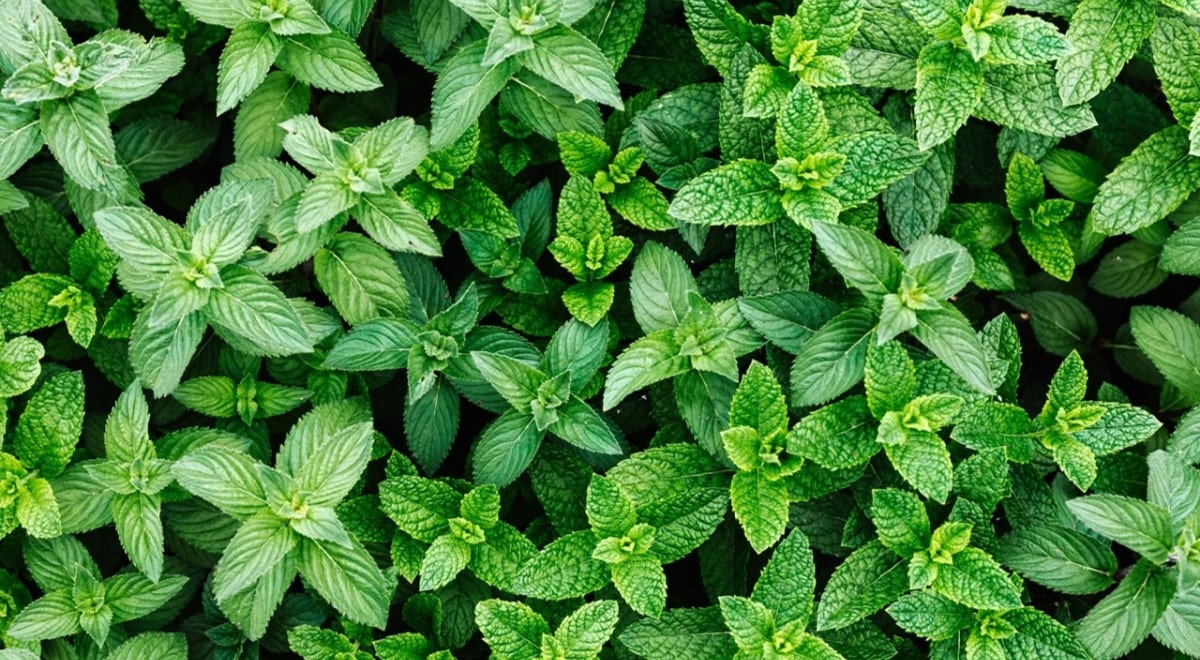
Yerba Buena, a term that translates to "good herb" in Spanish, holds a rich history and cultural significance. This aromatic plant, native to North America, has been used for centuries by indigenous peoples for its medicinal properties. But what exactly makes Yerba Buena so special? Its versatility. From soothing stomach aches to freshening breath, this herb has found its way into various aspects of daily life. Yerba Buena isn't just a plant; it's a symbol of natural healing and tradition. Ready to learn more? Let's dive into 15 fascinating facts about this remarkable herb.
Key Takeaways:
- Yerba Buena, also known as "good herb," has multiple species with medicinal and culinary uses. It has a rich history and modern-day applications, from aromatherapy to natural insect repellent.
- Yerba Buena is easy to grow and maintain, thriving in various climates. It's used around the world, from the Philippines to the United States, for its healing properties and culinary significance.
What is Yerba Buena?
Yerba Buena, a name that translates to "good herb" in Spanish, refers to various aromatic plants. These plants have been used for centuries for their medicinal properties and culinary uses. Let's dive into some fascinating facts about Yerba Buena.
-
Multiple Species: Yerba Buena isn't just one plant. It encompasses several species, including Clinopodium douglasii and Satureja douglasii. Each species has unique characteristics and uses.
-
Medicinal Uses: Traditionally, Yerba Buena has been used to treat ailments like headaches, stomachaches, and colds. Its leaves are often brewed into a soothing tea.
-
Culinary Uses: In addition to its medicinal properties, Yerba Buena is a popular culinary herb. Its minty flavor makes it a great addition to salads, soups, and beverages.
Historical Significance of Yerba Buena
Yerba Buena has a rich history, especially in regions where it grows naturally. Its significance spans across various cultures and time periods.
-
Native American Use: Native American tribes in California used Yerba Buena for its healing properties. They made poultices and teas to treat various ailments.
-
Spanish Influence: Spanish settlers in California adopted the use of Yerba Buena from Native Americans. They named the plant "good herb" due to its beneficial properties.
-
San Francisco Connection: The city of San Francisco was originally named Yerba Buena. The name was changed in 1847, but the original name still holds historical importance.
Yerba Buena in Modern Times
Today, Yerba Buena continues to be valued for its versatility and benefits. Its uses have expanded beyond traditional practices.
-
Aromatherapy: Yerba Buena essential oil is popular in aromatherapy. Its refreshing scent is believed to reduce stress and promote relaxation.
-
Natural Insect Repellent: The plant's strong aroma acts as a natural insect repellent. It can be used in gardens to keep pests away.
-
Cosmetic Uses: Yerba Buena is found in various cosmetic products. Its soothing properties make it a common ingredient in lotions and creams.
Growing Yerba Buena
For those interested in gardening, Yerba Buena is a great addition. It's relatively easy to grow and maintain.
-
Climate Adaptability: Yerba Buena thrives in various climates, particularly in temperate regions. It prefers partial shade and well-drained soil.
-
Propagation: The plant can be propagated through cuttings or seeds. It's a fast-growing herb, making it ideal for home gardens.
-
Low Maintenance: Yerba Buena requires minimal care. Regular watering and occasional pruning are enough to keep it healthy.
Yerba Buena Around the World
Yerba Buena isn't just limited to one region. It's found in various parts of the world, each with its unique uses and significance.
-
Philippines: In the Philippines, Yerba Buena is known as "Herba Buena." It's widely used in traditional medicine and as a culinary herb.
-
Mexico: In Mexico, Yerba Buena is a common ingredient in traditional dishes. It's also used in folk medicine for its healing properties.
-
United States: In the U.S., Yerba Buena is grown in gardens and used in herbal remedies. Its popularity continues to grow as more people discover its benefits.
Yerba Buena's Hidden Wonders
Yerba Buena, often overshadowed by its more famous cousin, mint, packs a punch with its medicinal properties and culinary versatility. This herb, native to South America, has been a staple in traditional medicine for centuries. From soothing stomach aches to relieving headaches, its benefits are numerous. Yerba Buena also shines in the kitchen, adding a fresh, minty flavor to dishes and drinks.
Its antioxidant and anti-inflammatory properties make it a valuable addition to any diet. Plus, growing Yerba Buena at home is easy, making it accessible for everyone. Whether you're a seasoned gardener or a beginner, this hardy plant can thrive in various conditions.
Incorporating Yerba Buena into your daily routine can enhance your well-being and culinary experiences. So, next time you're looking for a natural remedy or a flavor boost, remember Yerba Buena's hidden wonders.
Frequently Asked Questions
Was this page helpful?
Our commitment to delivering trustworthy and engaging content is at the heart of what we do. Each fact on our site is contributed by real users like you, bringing a wealth of diverse insights and information. To ensure the highest standards of accuracy and reliability, our dedicated editors meticulously review each submission. This process guarantees that the facts we share are not only fascinating but also credible. Trust in our commitment to quality and authenticity as you explore and learn with us.


